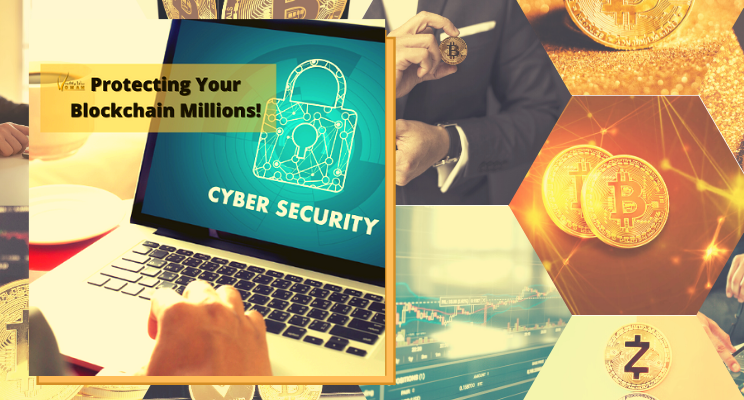
The opportunities of cryptocurrencies and blockchain are exciting, but there is a side to managing this asset that is critical if you want to avoid having exciting turn to anguish.
If you have just recently entered into the Cryptocurrency and Blockchain world, you have had the experience of jumping through many hoops to get your accounts opened, verified, and approved. It seems so tedious and extreme – I know. But the world of technology presents all types of risks that become even more threatening when large sums of money are involved.
In the old, analog world, money and value are tied to hard assets. Even if those assets may be one or two steps removed. We trade our time for physical coin in the form of gold and silver, or currencies in the form of coin and paper so that we can turn hard assets into other hard assets like homes and food and experiences. Everything is physical or at least discussed in the realm of the physical, so it is easy to put protections around our assets, and we pay dearly to do it.
For decades we have been conditioned to purchase insurance, pay for financial services, depend on government regulators to “protect” us. But with that protection and relief from responsibility, we have also lost our freedoms and lost a right to have a say about what is done with our money, our assets and our time.
Bitcoin was created by an individual who decided that it was time to take back control and thereby have the freedom of choice when it came to money and how it is used. With that intention he created a virtual environment that reflects the physical world, but is not the physical world itself. With the extension of this idea from money to smart contracts, physical assets are exchanged for the virtual assets and only the entities who choose to make that exchange have access to the transaction. Ownership is determined through an entry in a ledger – transparent and copied across hundreds and thousands of computer nodes on the network. Every transaction is immutable and final. At the end of the transaction, someone has completed the sale/send and the other has completed the buy/receipt. There is no central entity managing it, tracking it or impacting it. Just the two entities involved and the software that performs the transaction.
The simplicity of the concept creates personal control and removes all the layers of middlemen who are used to provide trust. The system is considered “trustless” – not requiring trust between the two parties, because the process has only one action that can either happen or not happen based on the completion of a set of pre-determined criteria.
In this environment, the only person you need to trust is yourself. Only you can perform your side of the transaction properly, or not. Only you can establish the protections necessary to know where your asset is at all times, even during the transaction. Only you are to blame if you initiate a transaction incorrectly and send your asset off to the wrong address. Only you are to blame if you lose your keys to your “safe”.
The promise of the decentralized network is the return to freedom. But freedom can only be achieved with personal responsibility.
This month, we are going to focus on how we ensure we have taken full responsibility for our blockchain assets. Today, you may only be investing a small amount. But we need to build our personal blockchain vault and processes in a way that they will protect our assets when they become worth millions. If it isn’t done from the beginning, your assets are at risk of loss.
For those who prefer to abdicate responsibility, the future will provide many opportunities to get into blockchain through the traditional avenues. But for those who choose that route, the gains that have everyone excited today will have been missed. Nothing is for free. If you want to experience the thrill of turning small amounts of money into life-changing assets, personal responsibility is the price of entry.







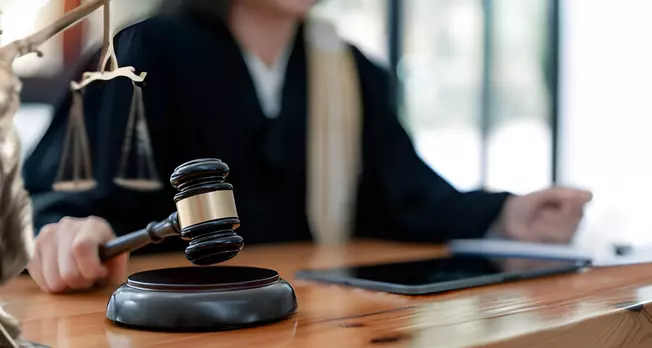
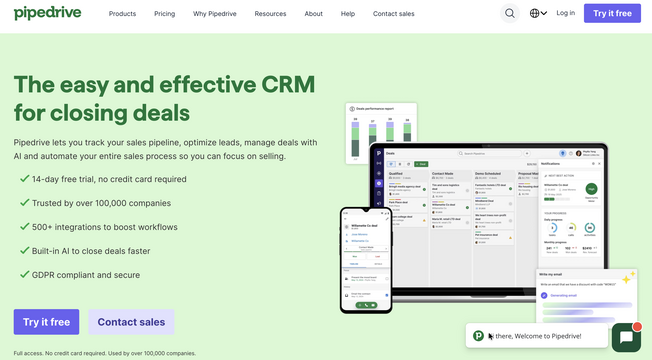
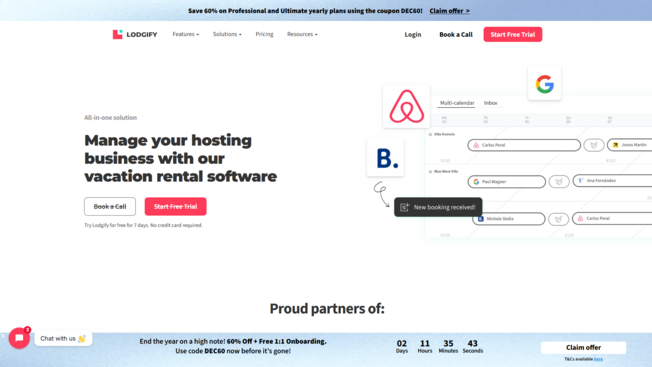

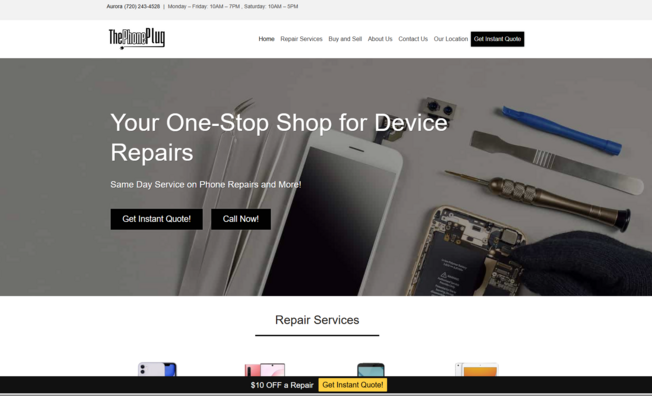

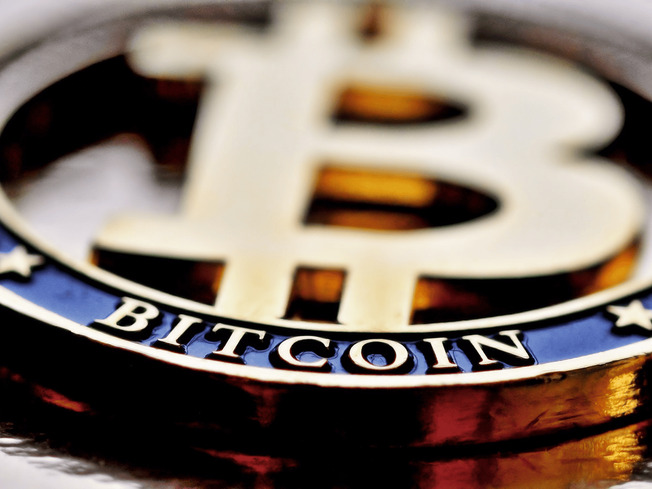

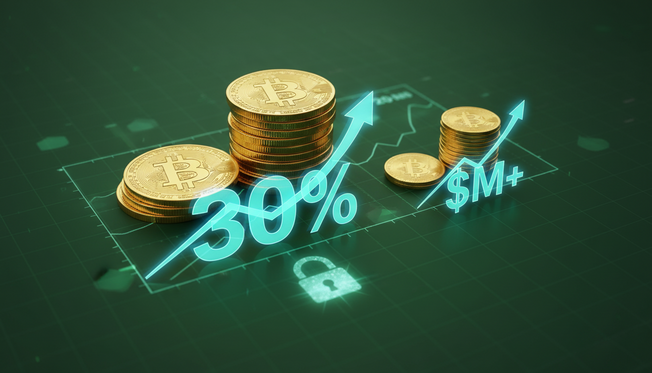
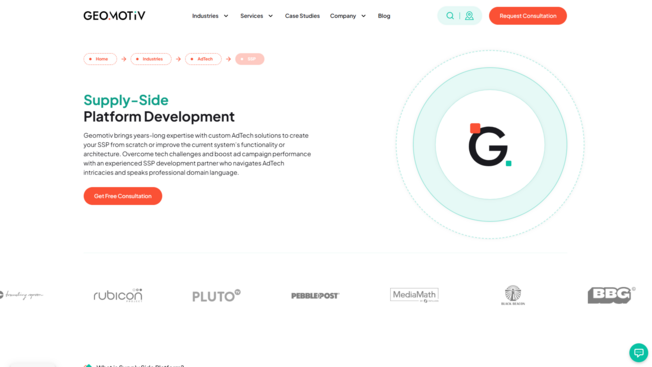
Leave a Reply